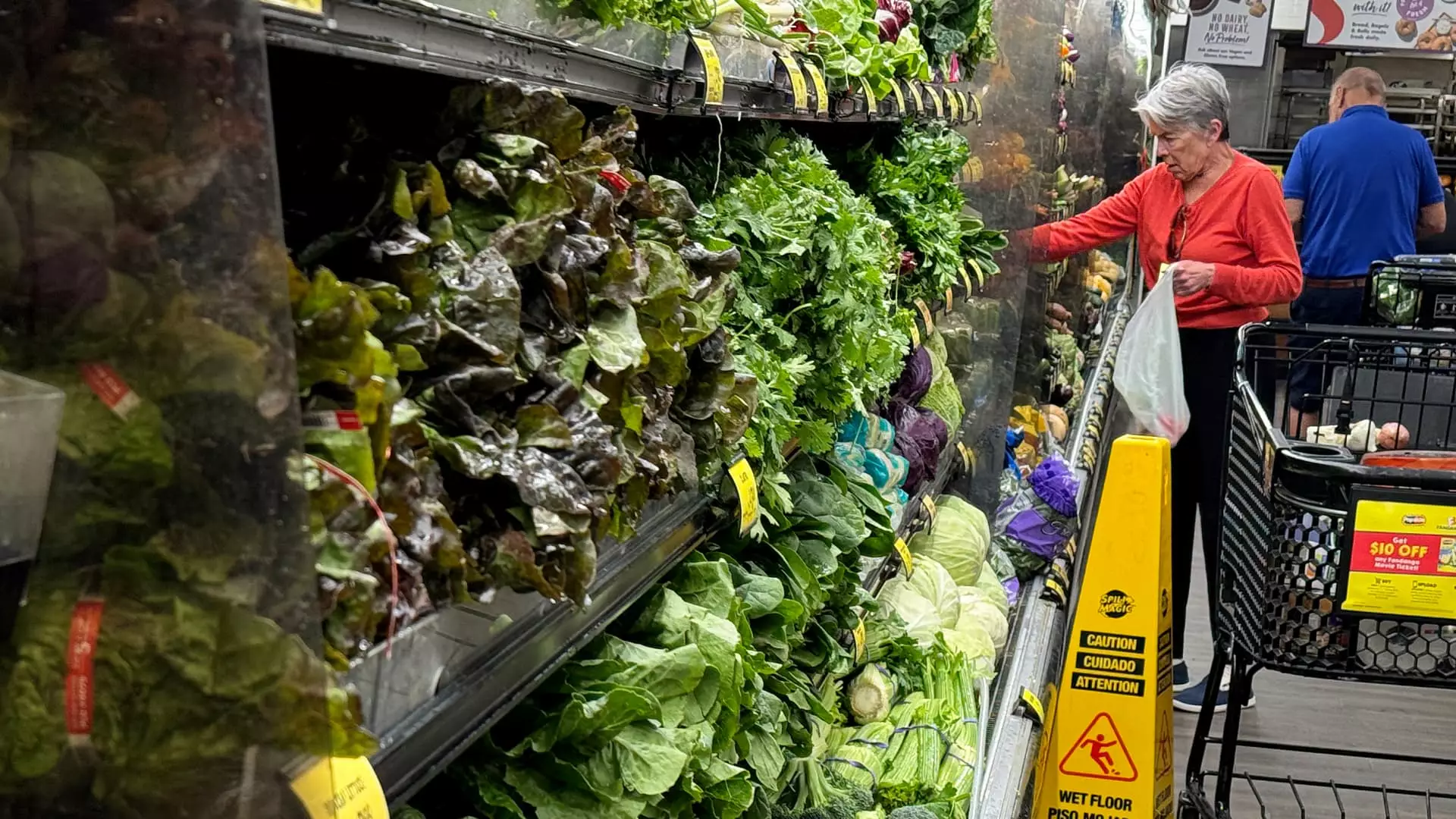Inflation in the United States continued to decrease in July, mainly due to the easing of price pressures on consumer staples and physical goods, such as food, energy, new and used cars. The consumer price index (CPI), which serves as a crucial measure of inflation, rose by 2.9% in July compared to the previous year, as reported by the U.S. Department of Labor. This marks a decline from the 3% inflation rate recorded in June and is the lowest reading since March 2021. The CPI accounts for changes in prices across various sectors of the U.S. economy, including food, transport, and household goods.
Although the inflation rate is still above the long-term target of around 2%, economists are optimistic about the current trends. The slower growth in grocery prices, gasoline, and market rents indicates positive news for consumers, particularly those with lower incomes. These developments are crucial for addressing the financial strain on vulnerable populations amidst the ongoing economic recovery from the COVID-19 pandemic.
Federal Reserve Policy
The Federal Reserve closely monitors inflation data to guide its decisions on interest rates. The central bank had previously raised interest rates during the pandemic to counter inflationary pressures. As inflation eases and concerns about a potential recession emerge, the Fed is expected to consider reducing interest rates in the upcoming policy meeting. This move aims to stimulate economic activity by lowering borrowing costs for individuals and businesses.
Impact of Housing Costs
One significant factor contributing to elevated inflation levels is the housing market. Shelter costs account for a substantial portion of the CPI and exert a considerable influence on inflation readings. Despite positive trends in other sectors, housing inflation remains a persistent challenge due to slow fluctuations in rental prices. Excluding housing costs, the CPI would be closer to meeting the Fed’s target rate, indicating progress in containing inflation.
In addition to housing, certain categories like motor vehicle insurance, medical care, and recreation have experienced notable price increases over the past year. These spikes are attributed to previous surges in car prices, healthcare expenses, and leisure activities. While some sectors show signs of inflation tapering off, ongoing challenges like the resurgence of bird flu impacting egg prices highlight the volatility of certain commodities.
Goods vs. Services Inflation
The shift in consumer spending patterns following the pandemic has influenced inflation trends. Initially, goods inflation surged as supply chains were disrupted, and demand for home-related products increased. However, as the economy reopens, goods inflation has stabilized, while the services sector remains a concern. Services inflation, driven by labor costs, is expected to ease as the job market softens and wage growth declines. High-interest rates also play a role in curbing inflation by reducing overall demand.
The current state of inflation in the US economy reflects a complex interplay of various factors, including consumer behavior, government policies, and market dynamics. While recent trends suggest a gradual decline in inflation rates, ongoing challenges in specific sectors underscore the need for continued vigilance and strategic interventions to maintain price stability and promote economic growth.

